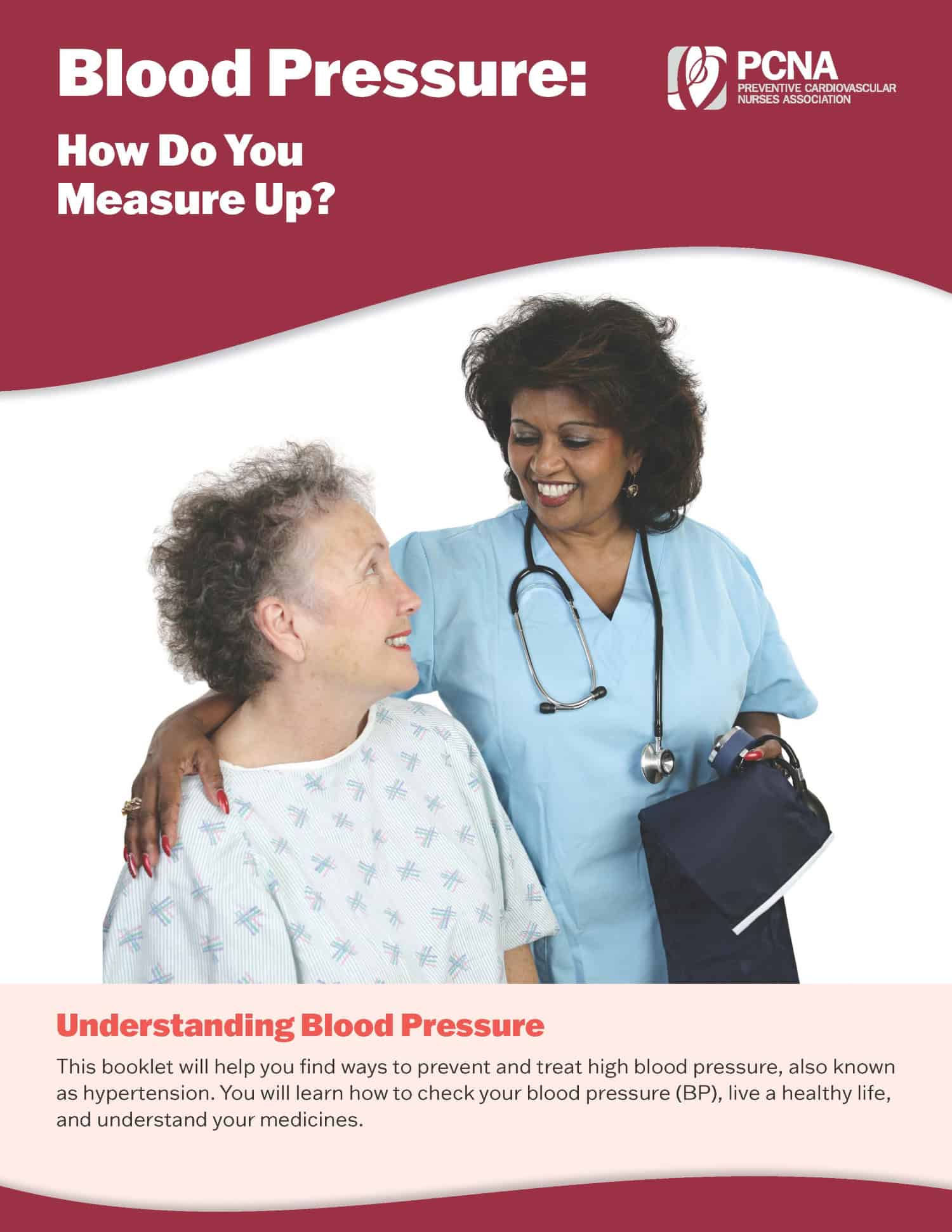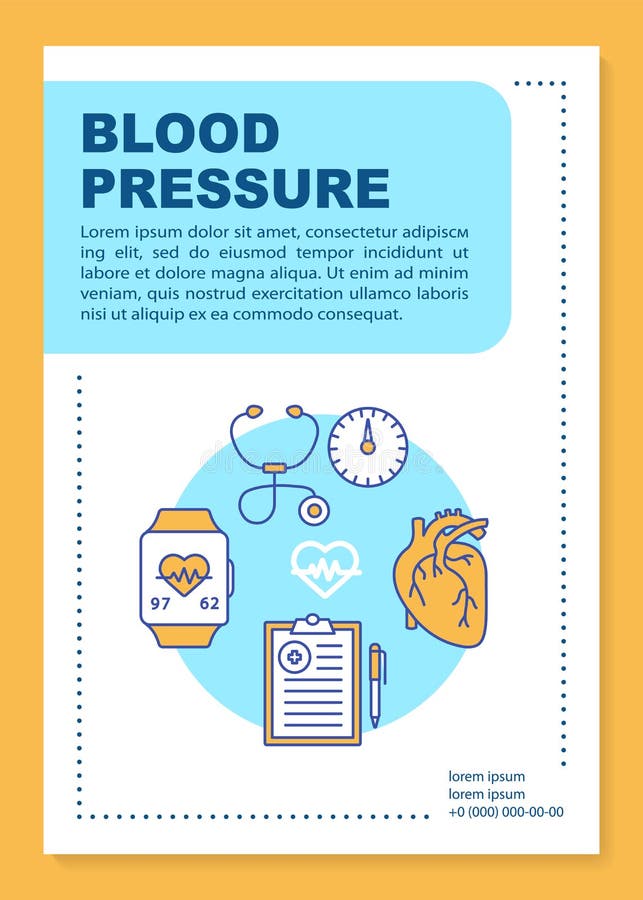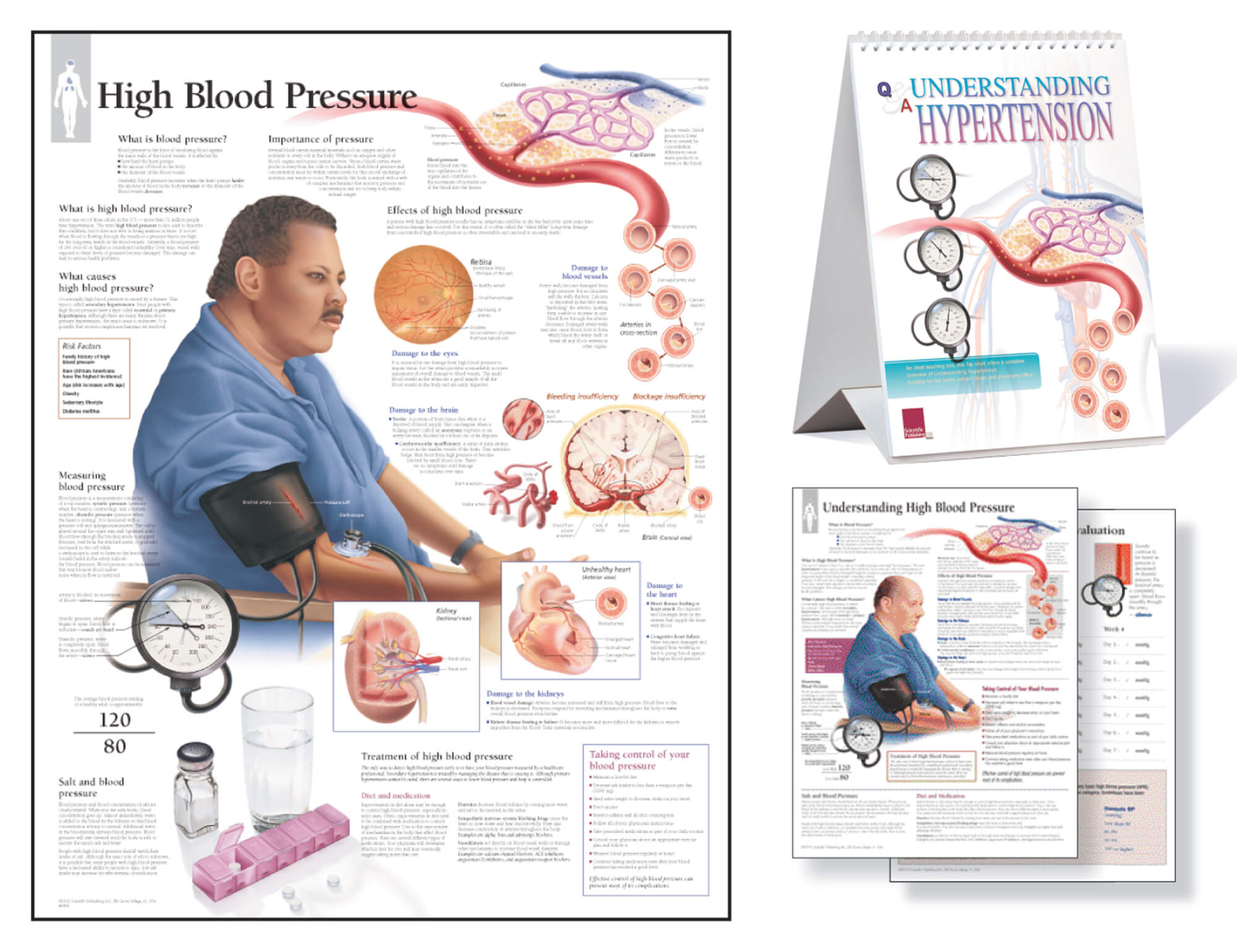Hypertension Patient Education Hypertension Brochure
Hypertension Patient Education Hypertension Brochure - • if not treated, hypertension can lead to heart attack, heart failure, stroke, and/or kidney disease. This brochure provides you with a thorough overview of what blood pressure is and how to lower it to avoid developing hypertension, or to control it if you do have hypertension. Los angeles, may 5, 2025 — high blood pressure, also known as hypertension, is a leading cause of heart disease, stroke and kidney disease. To determine your bp goal,. Sometimes, when lifestyle changes are not enough to control. It damages blood vessels and leads to serious health problems. Learn about lifestyle changes that can help you lower your blood pressure. Find helpful high blood pressure publications and fact sheets for health professionals. For most patients with hbp, your provider will recommend treating you to a bp less than 130/90 mm hg. Hypertension is diagnosed when your blood pressure is consistently high. Lifestyle changes can help control your high blood pressure and reduce your risk for heart disease, heart attack and stroke. Important safety infodose adjustment guidesafety profileoral treatment To determine your bp goal,. A serious medical condition that occurs when bp is consistently elevated (systolic bp of 140 or higher and/or diastolic bp of 90 or higher) Hypertension is diagnosed when your blood pressure is consistently high. For most patients with hbp, your provider will recommend treating you to a bp less than 130/90 mm hg. What is high blood pressure? Find helpful high blood pressure publications and fact sheets for health professionals. It damages blood vessels and leads to serious health problems. Los angeles, may 5, 2025 — high blood pressure, also known as hypertension, is a leading cause of heart disease, stroke and kidney disease. This brochure provides you with a thorough overview of what blood pressure is and how to lower it to avoid developing hypertension, or to control it if you do have hypertension. Explore and download free information along the way. Hypertension, or high blood pressure, is when that force is too high. It damages blood vessels and leads to serious health. To determine your bp goal,. High blood pressure is a systolic pressure of 130 or higher, or a diastolic pressure of 80 or higher, that stays high over time. Los angeles, may 5, 2025 — high blood pressure, also known as hypertension, is a leading cause of heart disease, stroke and kidney disease. Hypertension, or high blood pressure, is when. Los angeles, may 5, 2025 — high blood pressure, also known as hypertension, is a leading cause of heart disease, stroke and kidney disease. Hypertension is diagnosed when your blood pressure is consistently high. High blood pressure usually has no signs or symptoms. High blood pressure is a systolic pressure of 130 or higher, or a diastolic pressure of 80. High blood pressure is a “silent killer.” it doesn’t usually cause symptoms, but it can damage your body over time. High blood pressure is a condition that puts you at risk for heart attack, stroke, heart failure and kidney disease. The world health organization estimates that globally, 1.28 billion adults between the ages of 30 and 79 have. High blood. Learn about lifestyle changes that can help you lower your blood pressure. High blood pressure is a systolic pressure of 130 or higher, or a diastolic pressure of 80 or higher, that stays high over time. High blood pressure is a “silent killer.” it doesn’t usually cause symptoms, but it can damage your body over time. High blood pressure usually. High blood pressure is a “silent killer.” it doesn’t usually cause symptoms, but it can damage your body over time. It is called a “silent killer”. It is often called the “silent killer” because it can damage your heart, kidneys and brain without you knowing anything is wrong. • if not treated, hypertension can lead to heart attack, heart failure,. The only way to know whether you have high blood pressure is to have your. To determine your bp goal,. Hypertension is known as the silent killer because most people do not have symptoms, so it's important to have your blood pressure checked regularly. Lifestyle changes can help control your high blood pressure and reduce your risk for heart disease,. • facts about high blood pressure • treatment and. This section includes information about all aspects of hypertension, and helps you understand how to assist your physicians and other healthcare providers in lowering your blood pressure. If your systolic pressure is 120 to 129, and your diastolic pressure is less than 80, you have “elevated blood pressure”. A serious medical. Lifestyle changes can help control your high blood pressure and reduce your risk for heart disease, heart attack and stroke. What is high blood pressure? Find more information on our. High blood pressure (hypertension) for people who want to learn more about how to control high blood pressure this brochure includes: Important safety infodose adjustment guidesafety profileoral treatment See your cardiovascular system in action with our interactive illustrations and animations. This section includes information about all aspects of hypertension, and helps you understand how to assist your physicians and other healthcare providers in lowering your blood pressure. Important safety infodose adjustment guidesafety profileoral treatment Los angeles, may 5, 2025 — high blood pressure, also known as hypertension, is. The only way to know whether you have high blood pressure is to have your. Hypertension, or high blood pressure, is when that force is too high. Los angeles, may 5, 2025 — high blood pressure, also known as hypertension, is a leading cause of heart disease, stroke and kidney disease. Untreated high blood pressure increases the strain on the heart and Sometimes, when lifestyle changes are not enough to control. High blood pressure (hypertension) for people who want to learn more about how to control high blood pressure this brochure includes: This brochure provides you with a thorough overview of what blood pressure is and how to lower it to avoid developing hypertension, or to control it if you do have hypertension. It is often called the “silent killer” because it can damage your heart, kidneys and brain without you knowing anything is wrong. A blood pressure above 130/80 is considered hypertension, or high. High blood pressure is a “silent killer.” it doesn’t usually cause symptoms, but it can damage your body over time. High blood pressure is a systolic pressure of 130 or higher, or a diastolic pressure of 80 or higher, that stays high over time. To determine your bp goal,. It is called a “silent killer”. This section includes information about all aspects of hypertension, and helps you understand how to assist your physicians and other healthcare providers in lowering your blood pressure. If your systolic pressure is 120 to 129, and your diastolic pressure is less than 80, you have “elevated blood pressure”. Find more information on our.Hypertension Patient Education PCNA
Hypertension Pamphlet Blood Pressure Hypertension
Hypertension Brochure Template Stock Illustrations 57 Hypertension
Understanding Hypertension Study Set Scientific Publishing
Hypertension Brochure PDF
Free Vector Doodle waves hypertension informative trifold brochure
Hypertension brochure Hypertension HYPERTENSION Joseph Johnson West
Patient Information Leaflet Southern African Hypertension Society
Hypertension types brochure template Stock Vector Image & Art Alamy
Hypertension brochure in 2024 Hypertension, Medical brochure, Leaflet
High Blood Pressure Usually Has No Signs Or Symptoms.
See Your Cardiovascular System In Action With Our Interactive Illustrations And Animations.
What Is High Blood Pressure?
• Facts About High Blood Pressure • Treatment And.
Related Post:









